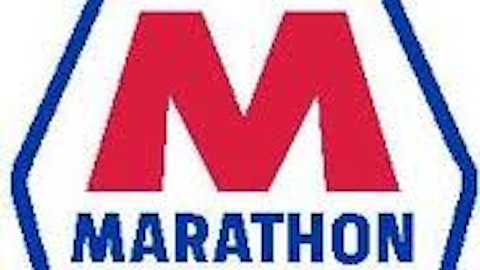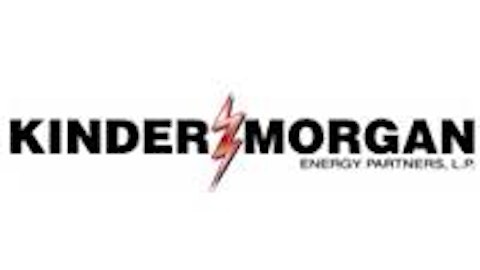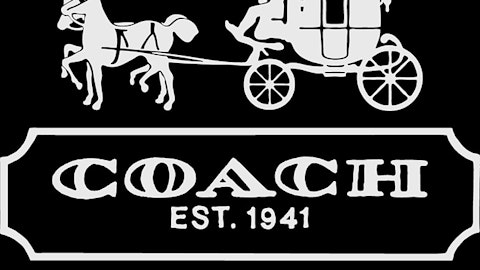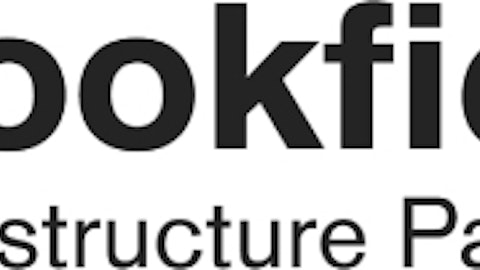Based on combined enterprise value, Kinder Morgan Inc (NYSE:KMI) is the third largest energy company in North America. We tend to associate the giant with its 75,000 miles of pipelines, but in reality, its operations are incredibly diverse. Over the next few days, I’ll take a closer look at each of the midstream company’s five distinct business units. I’ve already tackled the terminals segment, and today we’ll break down the partnership’s natural gas pipeline business.
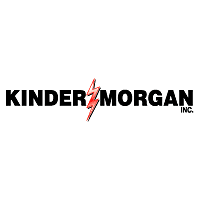
Kinder Morgan, together with its master limited partnerships Kinder Morgan Energy Partners (NYSE:KMP) and El Paso Pipeline Partners, L.P. (NYSE:EPB) , operates an impressive 62,000 miles of natural gas pipeline, making it the largest natural gas transporter in the United States. The pipelines reach natural gas plays and serve major consuming markets from coast to coast but are concentrated heavily along the southern border of the U.S., from Arizona to Florida. Texas is the epicenter of the partnership’s footprint, yet it’s the company’s East region that’s expected to generate the largest percentage of earnings for the segment in 2013.

Source: Kinder Morgan.
The East segment includes roughly all of Kinder Morgan Energy Partners LP (NYSE:KMP)’s pipes east of the Mississippi River, from Florida to New Hampshire, while the midstream segment designates the Texas intrastate system. West denotes everything west and north of El Paso Pipeline Partners, L.P. (NYSE:EPB), while Central includes everything west of the Mississippi and north of the Texas/Oklahoma border. You can check out the whole map here.
Overall, the segment grew 64% year over year in the fourth quarter of 2012 and $474 million in earnings. Much of that growth can be attributed to the booming Eagle Ford Shale play, and the increase of natural gas used for power generation. Kinder Morgan hopes to continue to drive success here and is in the midst of investing $2.7 billion in its natural gas pipeline assets.
A look ahead
A big part of that investment capital is headed straight for two shale plays: the Marcellus and the Eagle Ford. We’ll get to Texas in a minute, but first let’s tackle the Marcellus, where Kinder Morgan Energy Partners LP (NYSE:KMP) has two of similar looping projects on the Tennessee Gas Pipeline system coming online by the end of November.
The first project is the Marcellus Pooling Point project, an $86 million pipeline expansion that will loop a line in northwest Pennsylvania with 7.9 miles of 30-inch pipe. (Looping means that new pipe will be installed adjacent to the existing line.) It will also feature upgrades to four pumping stations. The new capacity comes in around 240,000 dekatherms per day, which is roughly equal to 2.3 million cubic feet of gas, and it will feed utilities and other connecting pipelines.
The second looping project is the Northeast Upgrade, and it is much more expensive at $450 million. This project will add about 40 miles of 30-inch looped line on the Tennessee Gas Pipeline system and will have a capacity of about 640,000 dekatherms per day, which is roughly equivalent to 6.2 mmcf per day.
This year will also see the dropdown of most of the remaining El Paso Pipeline Partners, L.P. (NYSE:EPB) assets. On March 1, KMI announced that it sold its remaining 50% stake of El Paso Natural Gas pipeline and El Paso’s midstream assets to KMP. That leaves a 50% stake in the Ruby (a Wyoming-to-Oregon natural gas pipeline), and a 50% stake in the Florida Gas Transmission system left to drop down to KMP.
Big buyout
And of course we can’t forget Kinder Morgan’s $5 billion acquisition of Copano Energy. Copano is a big player in the Eagle Ford shale, and Kinder Morgan knows how important that region is to future growth. The 64% jump in the partnership’s natural gas business last quarter can primarily be attributed to the increased demand for natural gas in power generation and that East Texas shale play.
Copano’s Eagle Ford assets include the third-largest nat-gas plant in Texas, the Houston Central Processing Plant. The facility process both natural gas and natural gas liquids arriving from East Texas via pipeline. The plant currently has a fractionating capacity of 44,000 barrels per day, and the company expects to add 400 million cubic feet per day of cryogenic processing capacity by the end of March.
By the end of this year, Copano’s Eagle Ford natural gas assets will feature more than 1 billion cubic feet per day of pipeline and processing capacity, and more than 100,000 barrels per day in fractionation capacity. That’s significant, but the best part is that the vast majority of these assets are fixed-fee revenue-generating contracts. In fact, 64% of Copano’s total business is fee-based.
The stability of fee-based revenues bodes well for future distribution increases at KMP. Starting next year, the acquisition is expected to add $0.10 per unit to the partnership’s earnings for at least five straight years.
Foolish takeaway
Kinder Morgan’s natural gas pipelines business is an important part of its energy network, and the company will continue to diversify the segment as time goes on. Its natural gas liquefaction projects are the perfect example of Kinder Morgan Energy Partners LP (NYSE:KMP)’s growing beyond pipelines. The diversification of revenue is always important. Now that we’ve broken down exactly what the segment looks like, we can better evaluate its progress in the coming months and years.
The article Inside Kinder Morgan: Natural Gas Pipelines originally appeared on Fool.com and is written by Aimee Duffy.
Fool contributor Aimee Duffy has no position in any stocks mentioned. Click here to see her holdings and a short bio. If you have the energy, follow her on Twitter, where she goes by @TMFDuffy. The Motley Fool recommends El Paso Pipeline Partners and Kinder Morgan and owns shares of Kinder Morgan.
Copyright © 1995 – 2013 The Motley Fool, LLC. All rights reserved. The Motley Fool has a disclosure policy.


